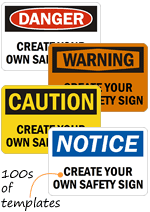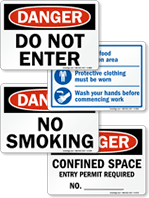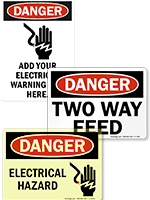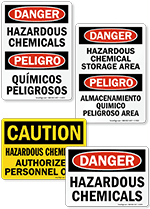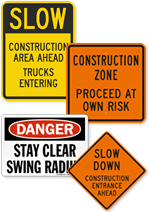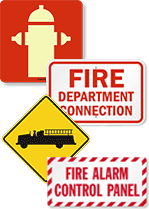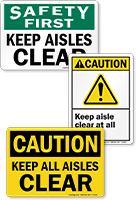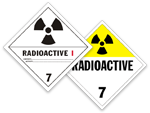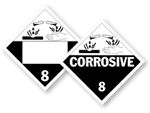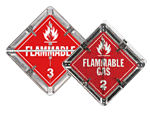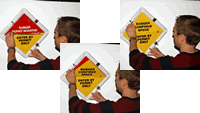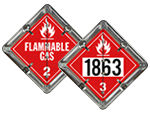A.
The transportation of radioactive materials in the US is governed by several federal, state, and local regulations, such as the U.S. Department of Transportation (DOT) and the U.S. Nuclear Regulatory Commission (NRC). The transportation mode and applicable controls depend on the radioactivity type of the material to be transported. While low radioactivity materials don’t need any strict controls, those with higher radioactivity must comply with various regulatory requirements. These usually revolve around controlled routes, security, and communication requirements, and packaging, marking, labeling, and placarding specifications, among other things.
Additionally, adequate training in basic radiation science and radiation emergency safety is required, especially for the drivers transporting such materials. This is important to ensure that such packages are handled carefully to cause no harm to workers, the general public, and/or the environment. This EPA resource provides important information about transporting radioactive material. You may find the federal regulations here.

